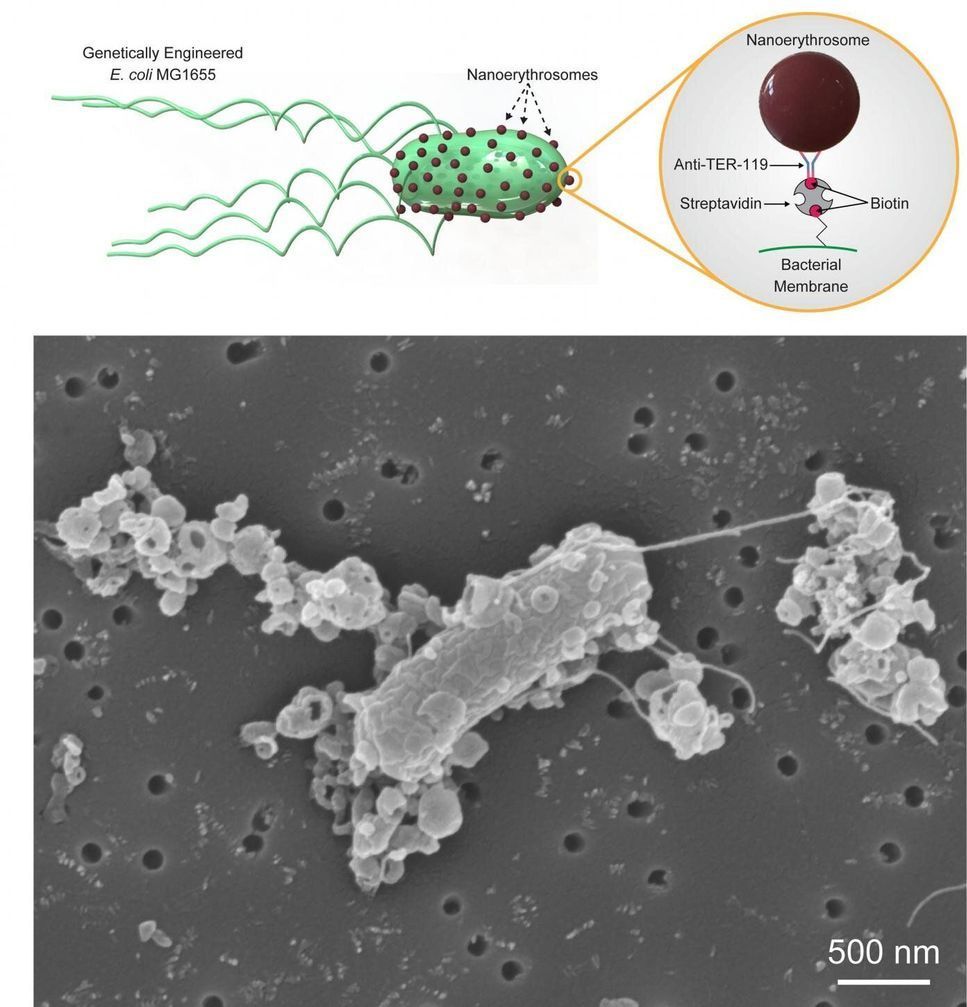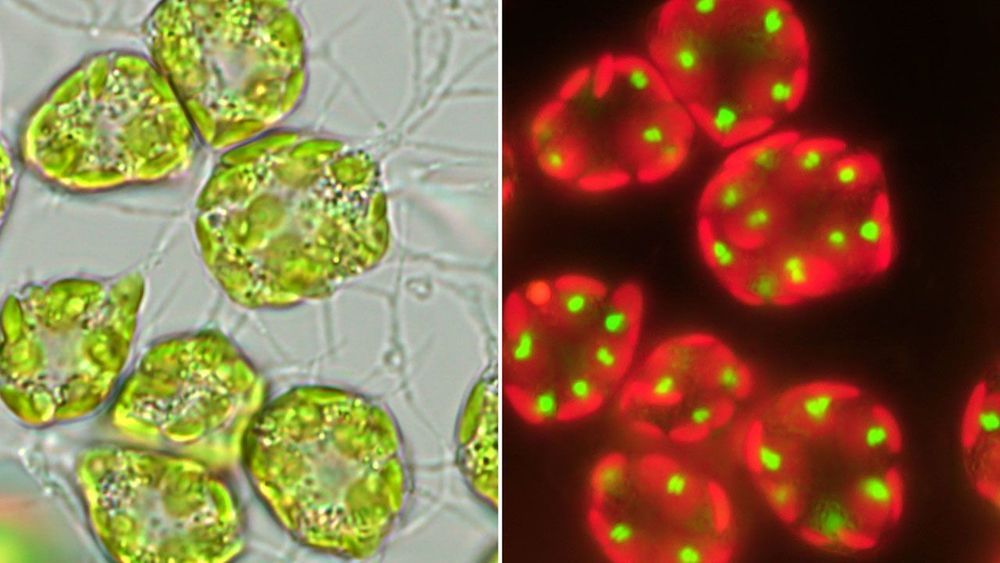Researchers from Kumamoto University have found that Melinjo seed extracts may help to improve diabetes and obesity by stimulating the production of adiponectin which is a hormone that works to help improve both conditions; individual genotype differences were also discovered that were responsible for variations in its efficacy.
Melinjo fruit contain high levels of antioxidant and antibacterial properties as well as high levels of polyphenols such as resveratrol that has been shown to induce adiponectin and may help to improve lifestyle related diseases such as metabolic syndrome. A type of resveratrol called Gnetin C which is found in MSE has higher antioxidant activity and has been shown to stay in the blood longer than resveratrol, but the exact mechanisms of how they exert their biological activity remains unknown.
Genetic analysis was used to find that differences in the type of DsbA-L gene affects adiponectin activation; meaning that DsbA-L induction may promote adiponectin activation and help to improve lifestyle related diseases. Their recent research has attempted to determine whether MSE enhances the function of DsbA-L; whether MSE promotes adi[onectin activation; and whether MSE has a therapeutic effect on either obesity and diabetes.






